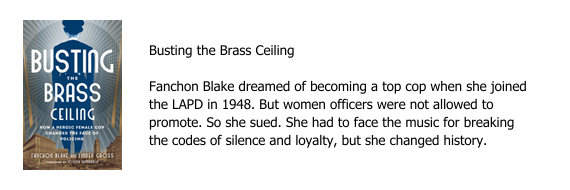Why do so many people try to write without writing an outline? In most cases, it just doesn’t make sense. Say you want to drive from San Francisco to Manhattan. You know that you have to head east, so you jump in your car and start driving. You may eventually reach your destination without consulting a map, but you’re sure going to waste a lot of time and gas with all the wrong turns along the way.
Writing is no different. And yet so many writers—whether experienced authors or novices—plunge in with only a vague idea of their destination, and no plan for how to actually get there. When they eventually reach a dead end or get hopelessly lost somewhere around Nebraska, they finally realize they need a roadmap.
Whether you’ve written lots of pages or are just embarking on a project, two analogies can help explain the proper structure of an outline.
1) Picture a train. The locomotive (or introduction) pulls the various cars (independent ideas) which are linked together (with transitions), and followed up with the caboose (the conclusion).
2) Thinking about a lawyer in court also helps. The lawyer—or writer—states the case (the introduction), makes the case (the body of the piece), and sums up the case (the conclusion).
So how you do get from a mess of ideas to the point where you have an outline, particularly if you don’t think in a very linear manner?
- Start by jotting down all your ideas. You can even try using a mind map to spark new ideas and make interesting connections.
- Group all the ideas that seem to be related into categories, then determine how those categories relate to one another.
- Sort all the material that you’ve written—even the odd sentence that’s been scribbled on a scrap of paper—into groups, then determine which idea category each group falls into.
- Creating a new idea category for any group of material that doesn’t fit into the list, and relate it to the others.
- Organize your idea categories into a list and write a topic sentence for each.
- Find—and write—the transitions that link one category to another.
- Write the topic sentences that set forth your case (i.e.: the introduction), and that sum it up (i.e.: your conclusion).
All too often, the problem that stymies writers isn’t one of writing, but one of thinking. Whether you’re setting forth to write an article or a book, making the effort to outline the work once you have enough background information to work with will save time and aggravation, and help ensure that you actually end up where you want to go.



















Pretty nice post. I just stumbled upon your blog and wanted to say that I have really enjoyed browsing your blog posts. In any case I’ll be subscribing to your feed and I hope you write again soon!
Thanks so much! I post every Friday, so please check in.
You’ve made my day, Mark. Thanks!
Thanks for this nice article. I am considering getting a writing coach for my book I am working on right now. It is a non-fiction Christian book. Have you ever done work on anything like that? You can email me at brian.vallotton@gmail.com
Thank you so very much. Pleased to be of help.
Or revealing the truth–one’s own as well as others’.